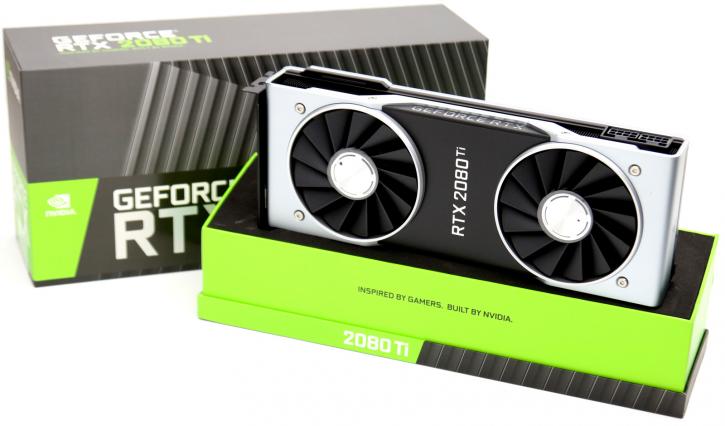Introduction
NVIDIA GeForce RTX 2080 Ti reviewRay Traced gaming with NVIDIAs newest flagship GPU
Information has been rumored, announced and coming but finally, we can show you our review on the new RTX series graphics processors from NVIDIA. In this review, we'll cover the GeForce RTX 2080 Ti Founders edition.
We've already covered a lot of new technology as the Turing architecture of the new GPUs offers a fundamental change in the graphics card arena as next to your normal shading engine, NVIDIA has added RT (Raytracing) cores, as well as Tensor (AI), cores onto the new GPUs, and these are active. Is Turing the start of the next 20 years of gaming graphics? Well, that all depends on the actual adoption rate in the software houses, they guys and girls that develop games and a dozen or so RTX games are in development and a dozen or so announced titles will make use of deep learning DLSS running utilizing the Tensor cores. For the new RTX series, it's mostly about Raytracing though. So welcome to a long row of RTX reviews. We start off with the reference cards and will follow with the AIB cards as for whatever reason NVIDIA figured it to be an okay thing for them to launch everything at once. First a quick recap of what's tested in this article, a bit of architecture and then we'll dive into real-world testing of course. You better grab a drink as these reference articles are prone to be lengthy with all the information we are covering.
The GeForce RTX 2080 Ti is the new consumer flagship graphics card from NVIDIA, this product series has been fitted with the TU102 GPU. This GPU will have 4352 active shader processors, which is substantial when compared with the GeForce GTX 1080 Ti. The product will get 11GB GDDR6 graphics memory, and with that 11 GB you will get a 352-bit wide memory bus. The GPU has six Graphics Processing Clusters (GPCs), 36 Texture Processing Clusters (TPCs), and 72 Streaming Multiprocessors (SMs). Each SM contains 64 CUDA Cores, eight Tensor Cores, four texture units, and 96 KB of L1/shared memory which can be configured for various capacities depending on the compute or graphics workloads. Ray tracing acceleration is performed by a new RT Core processing, the TU102 has 72 of them with 576 tensor cores and 96 ROP units. For clock frequencies, we're looking at a 1350 MHz base frequency, with Turbo allowance towards 1635 MHz. Keep some margin in mind for the board partner clock frequencies. the AIB products should start at 999 USD, the founders' edition will start at 1199 USD. That said and done, let's have a closer peek at the products, its architecture, and precise specifications. Next page, please.


